In my opinion, the most dynamic vigneron in Burgundy currently is Charles Lachaux. In only a few years he has taken his estate, Domaine Arnoux-Lachaux, from being a relatively traditional setup to an ultra-dynamic, organic domaine.
Charles’ progress is seemingly unstoppable, as he is improving things in most areas at a rate that leaves even journalists breathless.
His fellow vignerons are sometimes more reluctant to praise the work he’s done, and some are even enviously waiting for him to fail. Shame on them.
The fact is that Charles Lachaux is changing numerous things quickly and simultaneously, and this will from time to time lead to less-than-optimal results that will need to be rectified.
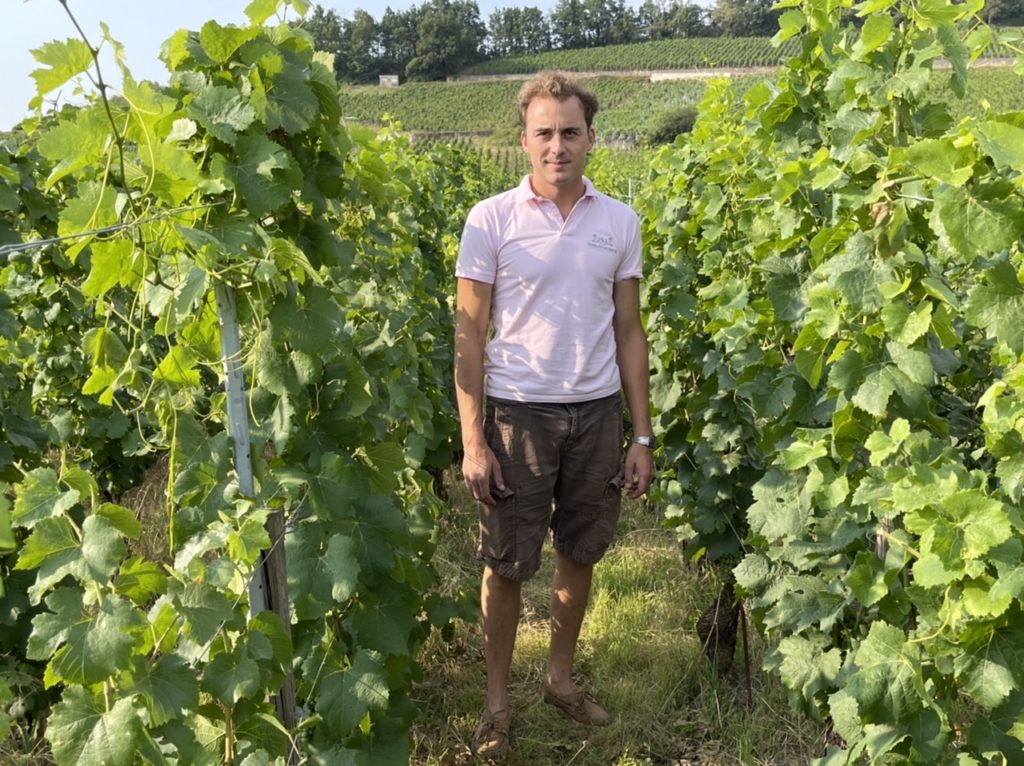
Charles is, however, a brave man. He challenges convention and established practice at a rate that makes your head spin, to some degree ignoring the risk of failure.
Not all of these changes are visible to the naked eye, but just visiting the Lachaux vineyards shows the diversity of life that has, in only a few years, been created in his plots. Biodiversity in action!
In late July, I had the pleasure of visiting some of the more unknown Arnoux-Lachaux vineyards to discuss the progress.
Vineyards in two levels
After the update on Domaine Arnoux-Lachaux’s viticulture, I learned there are now two levels of vineyard, each based on the Charles Lachaux’s “homemade” Gobelet-Poussard pruning method – a modified Guyot-Poussard pruning.
The photos below show newly pruned Gobelet-Poussard vines in the Procès vineyard with – where possible – three budding arms (coursons in French) growing off the vine’s trunk. Each courson holds two or three buds, but Charles Lachaux leaves a maximum of eight fruiting shoots per vine.
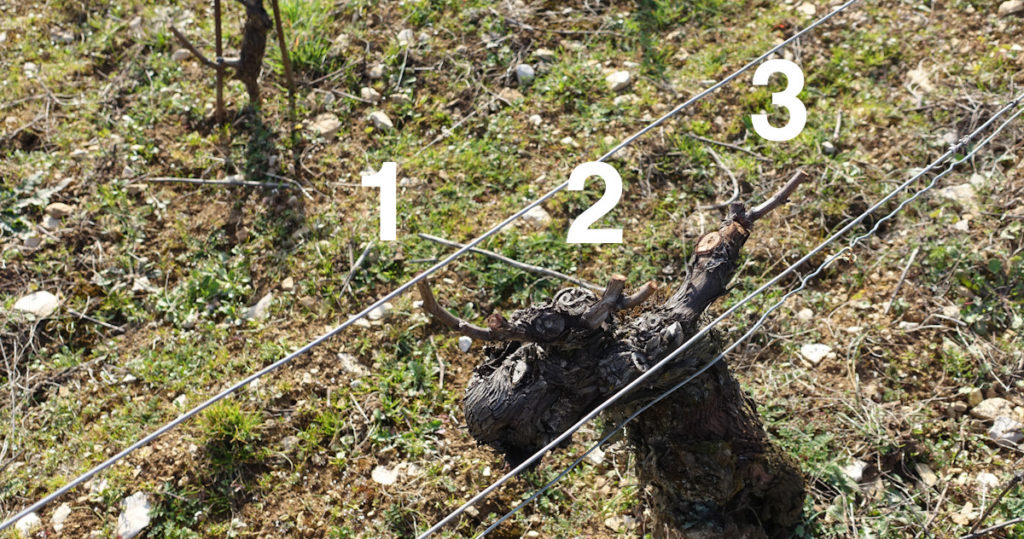
In Clos des Corvees Pagets it looked like this earlier this month:
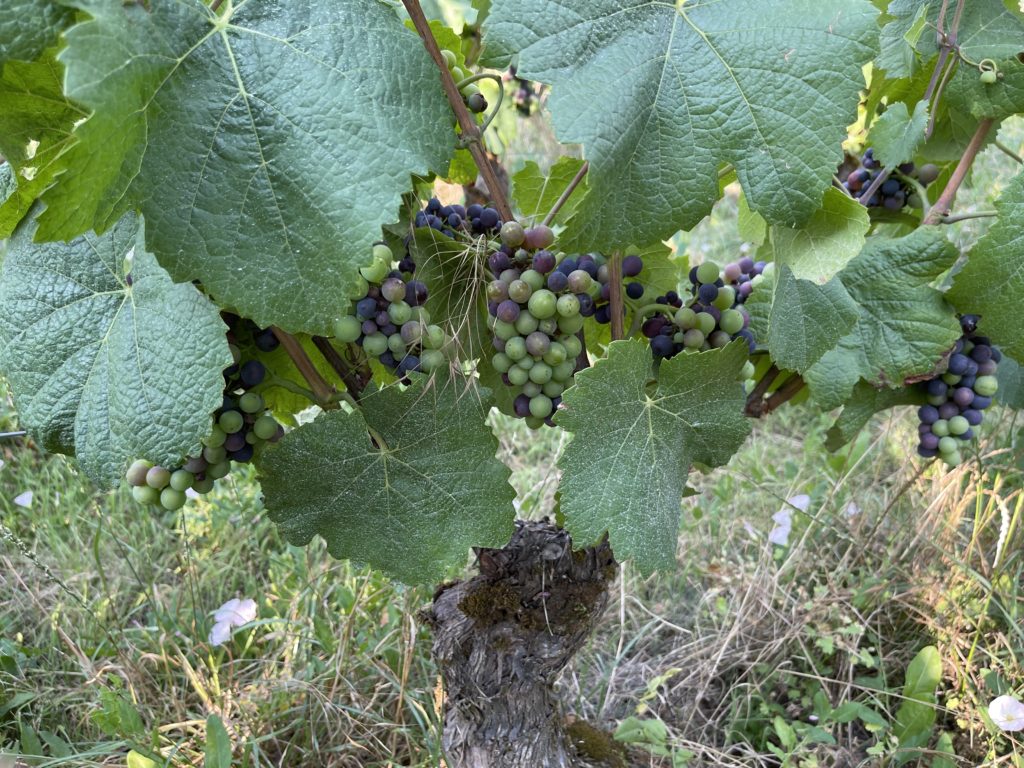
This pruning system offers several attributes, one being that it supports higher trellising – 160 centimetres in most vineyards, compared with the traditional 100-110 cm. A disadvantage is that the higher posts prevent the use of regular straddle tractors (enjambeurs) in this vineyard.
The ubiquitous enjambeurs have a maximum passage height of around 120 cm. Newer-model tractors can, however, be used in high-trellised vineyards (up to 160 cm), but not in gobelet-based vineyards with a Paisseaux (individual post) canopy.
NSG Clos des Corvees Pagets – high trellising
This is a typical Arnoux-Lachaux vineyard with 160 cm-high trellising. It is not extremely labour intensive, as high-passage tractors can be used here. Furthermore, special rows with lower trellising can be used for regular tractors.
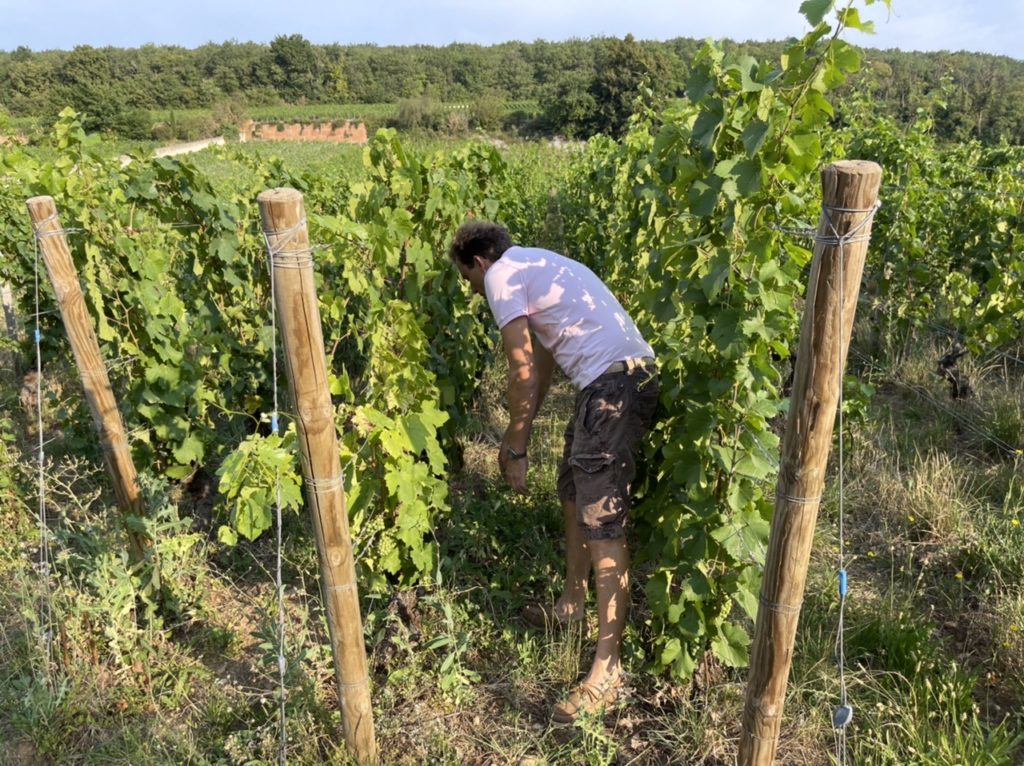
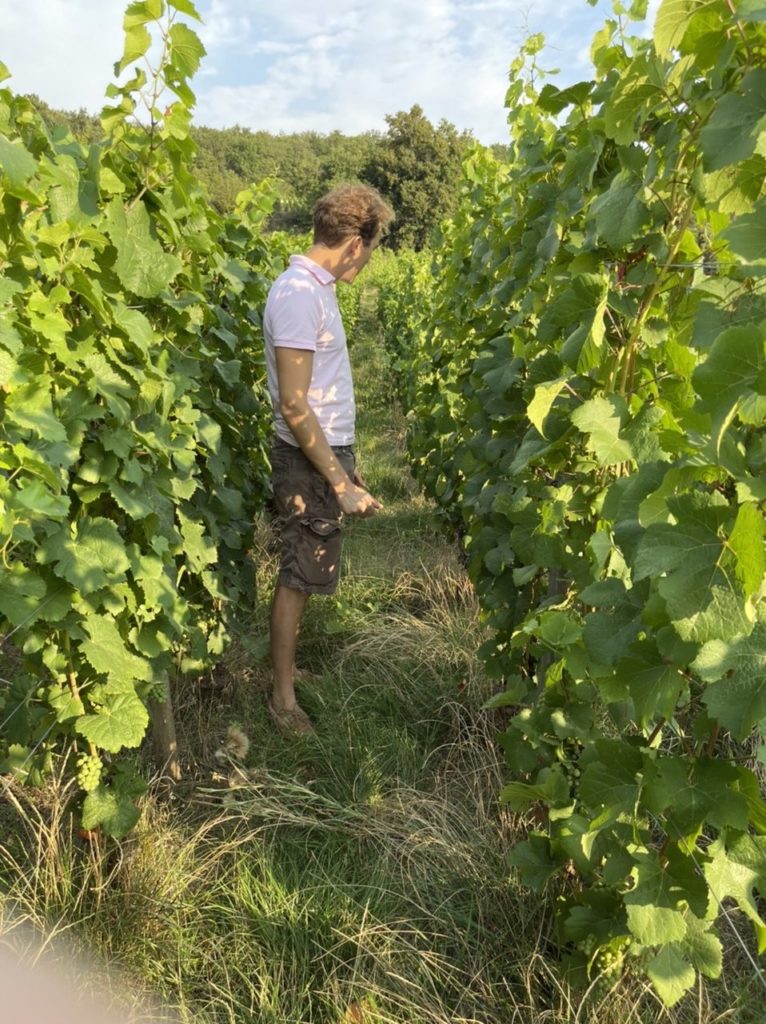
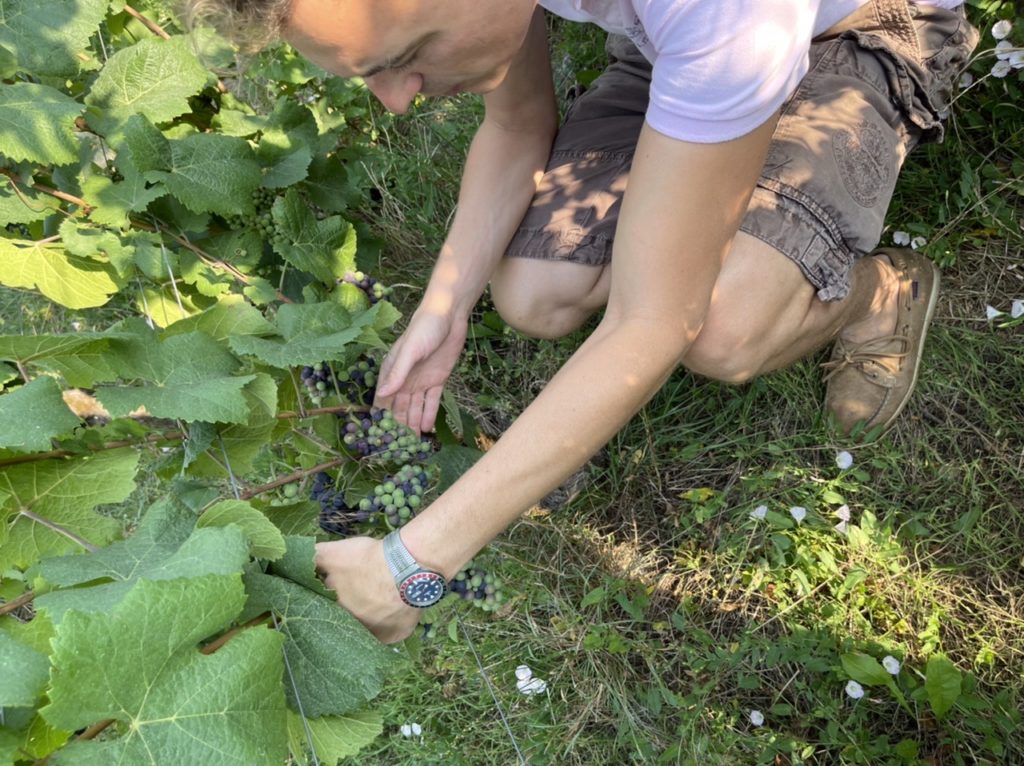
Romanée Saint-Vivant – Paisseaux canopy
The Gobelet-Poussard pruning is also used with the more labour-intensive Paisseaux canopy (each vine with its own individual stake).
This top-end vineyard and other experimental plots now have a typical Paisseaux canopy. The stakes can clearly be seen in the spring photo below. Tractors of any type cannot be used in these vineyards, meaning lots of hand work.
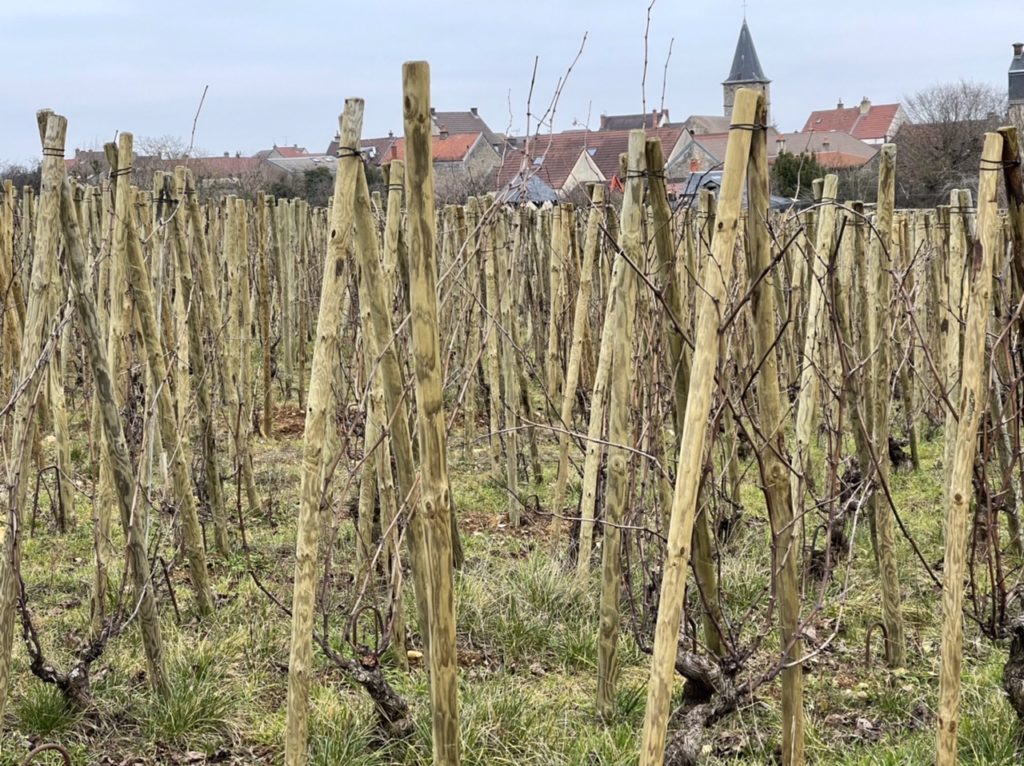
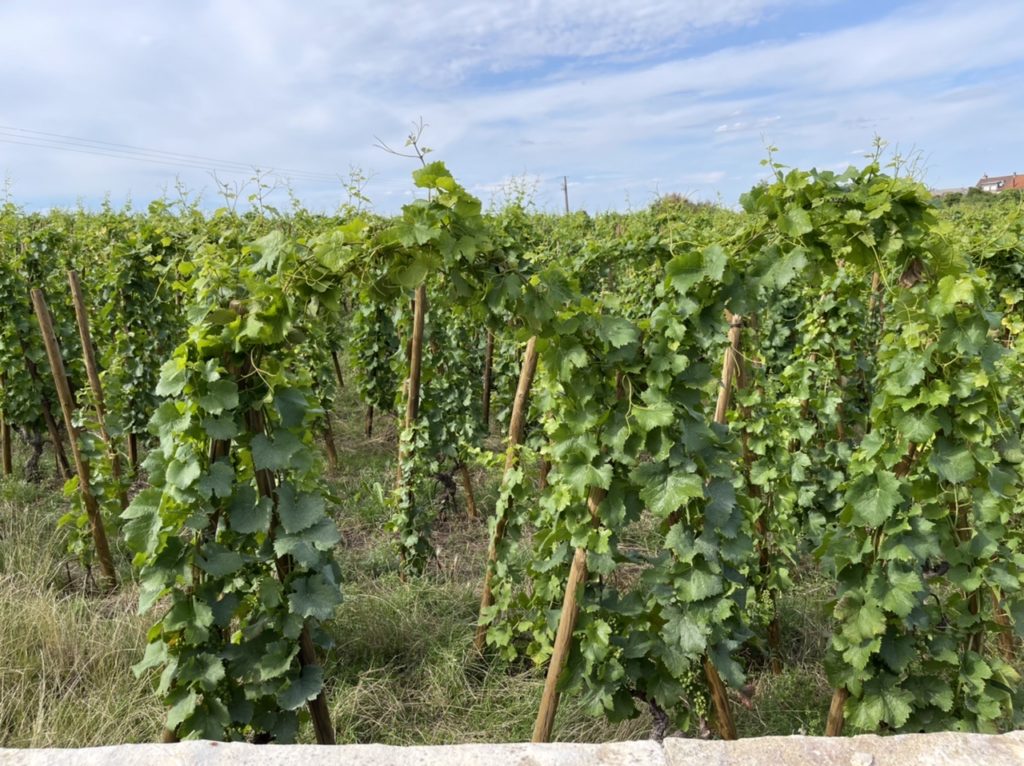
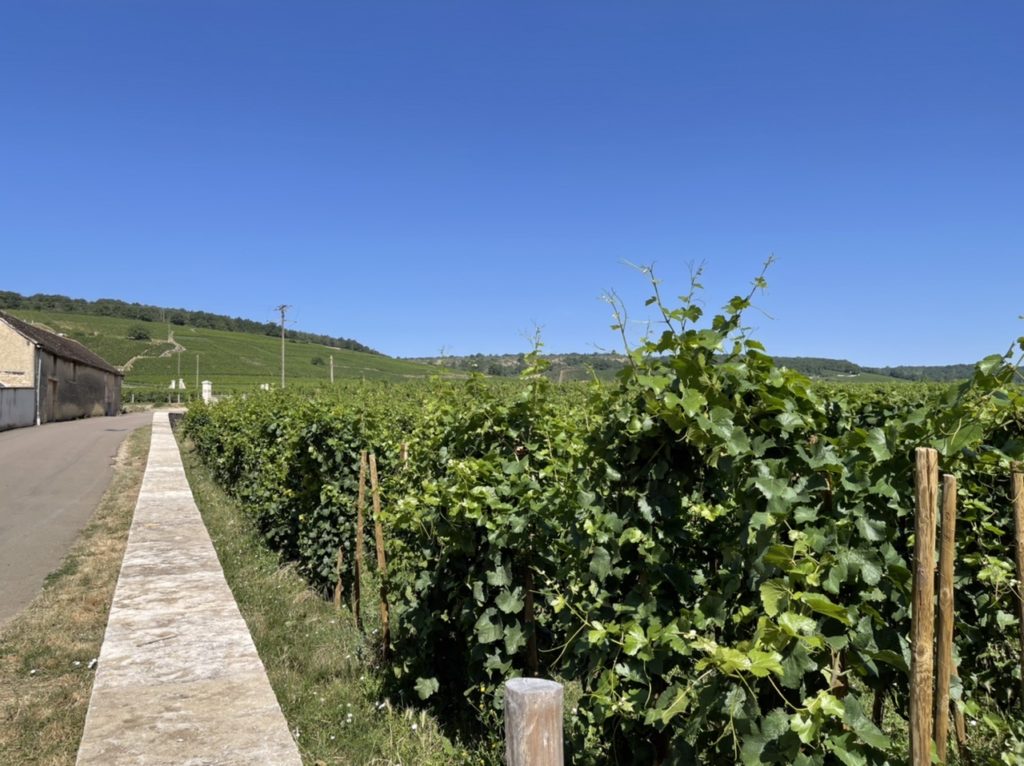

Paisseaux canopy vs high trellising
Charles has installed the labour-intensive Paisseaux canopy in only a few of his top vineyards. The cost of labour is close to double that of the high-trellis configuration. Costs and personnel requirements would therefore be much greater if the Paisseaux canopy was used in all vineyards.
The folowing vineyards have the Paisseaux canopy:
You need to login as a Premium subscriber to read the rest of this article. If you are not a Premium Subscriber, use the subscribe function and sign-up.

 - A true vin d’émotion – a Burgundy of passion
- A true vin d’émotion – a Burgundy of passion - A truly hedonistic wine – lively and enjoyable
- A truly hedonistic wine – lively and enjoyable - A vivacious wine for pure indulgance
- A vivacious wine for pure indulgance - A potential vin d´émotion - frais et léger
- A potential vin d´émotion - frais et léger
This is a really nice article Steen! You are providing content that is just not being published in may other places. This kind of farming may be the way forward in small high quality producers in Burgundy, especially in the face of climate change.
Chapeau!